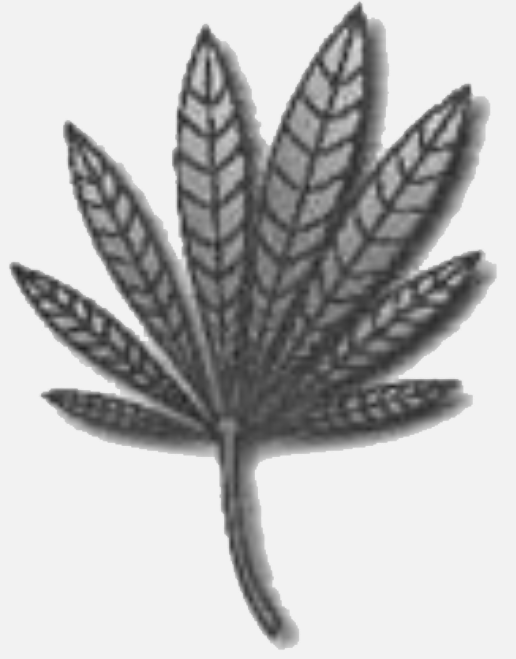A long term adaptation of having both dissected and undissected leaves occur in an aquatic plant which is
Limnophila
Sagittaria
Eichhornia
Azolla
The correct Answer is:A
Step-by-Step Solution:
1. Understanding the Question: The question asks for an aquatic plant that exhibits a long-term adaptation of having both dissected and undissected leaves.
2. Identifying the Options: The options provided are Limnophila, Sagittaria, Echornia, and Azolla.
3. Analyzing Each Option:
- Limnophila: Known to have both dissected and undissected leaves, which serve different functions in the aquatic environment.
- Sagittaria: Commonly known as duck potato, does not exhibit both types of leaves.
- Echornia: Also known as water hyacinth, it does not have both leaf types.
- Azolla: A water fern that does not display both dissected and undissected leaves.
4. Conclusion: Based on the analysis, Limnophila is the only option that fits the criteria of having both dissected and undissected leaves as a long-term adaptation.
5. Final Answer: The correct answer is Limnophila.
---
- Limnophila: Known to have both dissected and undissected leaves, which serve different functions in the aquatic environment.
- Sagittaria: Commonly known as duck potato, does not exhibit both types of leaves.
- Echornia: Also known as water hyacinth, it does not have both leaf types.
- Azolla: A water fern that does not display both dissected and undissected leaves.
Topper's Solved these Questions
Similar Questions
Finely dissected leaves occur in
View SolutionFinely dissected leaves occur in
View SolutionAmongst hydrophytes finely dissected leaves occur in
View SolutionAn example of long term adaptation is
View SolutionWhich one is found only in aquatic plant
View SolutionSubmerged hydrophytes have dissected leaves for
View SolutionGiven leaves are of a plant which is a source of :

View SolutionKangaroo shows long term adaptation by using its tail as
View SolutionThe leaves of aquatic plants have a waxy coating. Why?
View SolutionWhich one occurs in both prokaryotic and plant cells ?
View Solution
